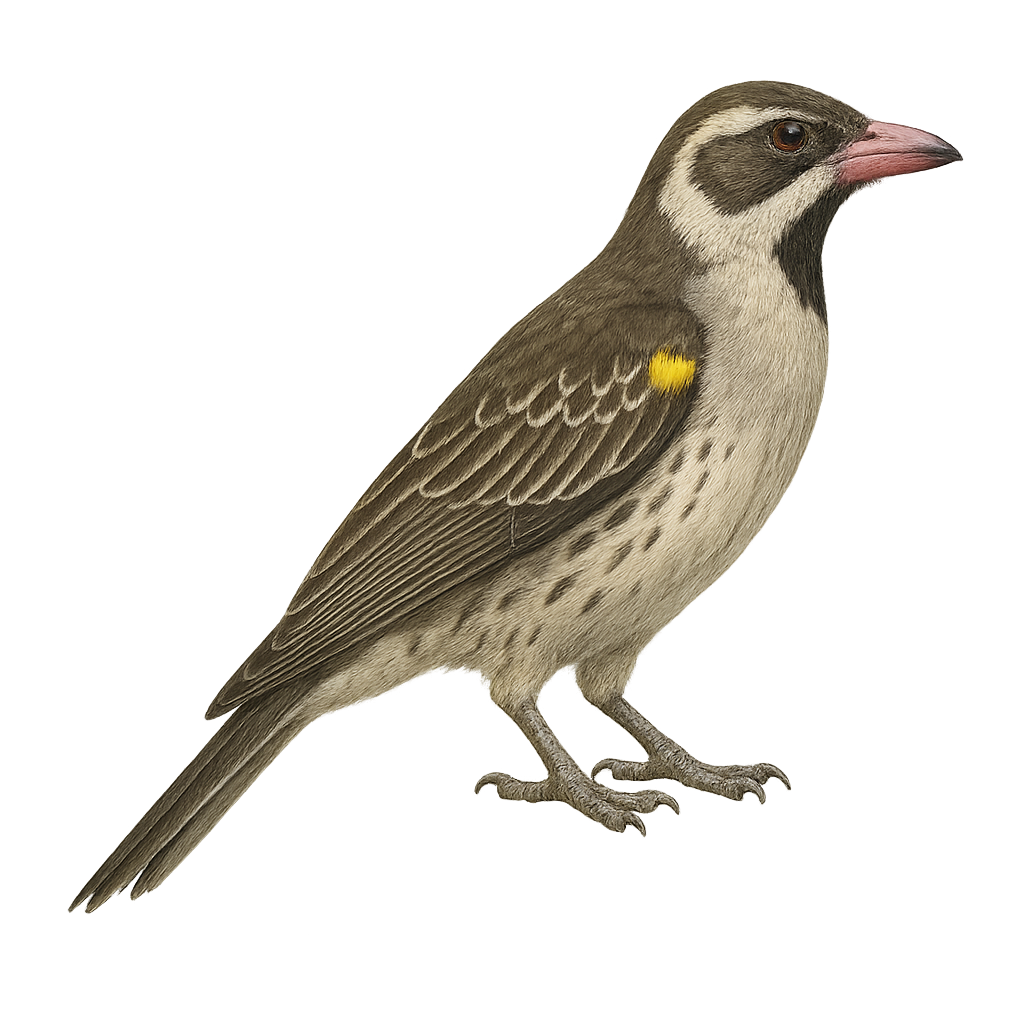Your wildlife photography guide.
Explore the greater honeyguide in detail, study its behavior, prepare your shots.
Where to observe and photograph the greater honeyguide in the wild
Learn where and when to spot the greater honeyguide in the wild, how to identify the species based on distinctive features, and what natural environments it inhabits. The WildlifePhotographer app offers tailored photography tips that reflect the greater honeyguide’s behavior, helping you capture better wildlife images. Explore the full species profile for key information including description, habitat, active periods, and approach techniques.
Greater Honeyguide
Scientific name: Indicator indicator

IUCN Status: Least Concern
Family: INDICATORIDAE
Group: Birds
Sensitivity to human approach: Suspicious
Minimum approach distance: 10 m
Courtship display: September to October
Incubation: 15-17 jours
Hatchings: September to November
Habitat:
savannas, open forests, wooded areas
Activity period :
Primarily active during the day, with peak activity in the morning and late afternoon.
Identification and description:
The Greater Honeyguide is a fascinating bird known for its symbiotic relationship with humans and some mammals. It guides them to wild bee hives, hoping they will open them to access the larvae and wax. This medium-sized bird, with brown and white plumage, is mainly found in sub-Saharan Africa. It has a sturdy beak and a relatively long tail. Its song is a mix of whistles and trills. Although often seen following humans, it remains wary and prefers to keep its distance. The Greater Honeyguide is a diurnal bird, active mainly in the morning and late afternoon.
Recommended lens:
400 mm – adjust based on distance, desired framing (portrait or habitat), and approach conditions.
Photography tips:
To photograph the Greater Honeyguide, it is advisable to use a telephoto lens of at least 400 mm to capture detailed images without disturbing the bird. Look for it in savannas and open forests, where it is often active in the morning and late afternoon. Be patient and discreet, as this bird is wary and may fly away quickly if disturbed. Opt for golden hours to benefit from soft, natural light that will highlight the details of its plumage.
The WildlifePhotographer App is coming soon!
Be the first to explore the best nature spots, track rutting seasons, log your observations, and observe more wildlife.
Already 1 439 wildlife lovers subscribed worldwide

